Make West Coast IPA Great Again: a clear, bitter, hoppy celebration
If you love bright, piney, resinous hops balanced by a firm dry malt backbone, you’re in the right place. This guide explains what a West Coast IPA is, how it differs from other IPA styles, popular commercial examples, and quick tips if you want to brew one at home.
What is a West Coast IPA?
A West Coast IPA is a style known for pronounced hop character, clean fermentations, and a relatively dry, bitter finish. Typical traits include:
- Gold to deep-gold color with good clarity.
- Forward hop aroma and flavor—citrus, pine, resinous and sometimes tropical depending on hops used.
- Moderate to high bitterness that lingers on the finish.
- Neutral yeast profile so hops and malt shine.
Signature flavor profile
Expect an initial malt sweetness that provides balance, quickly giving way to herbaceous, piney, or resinous hop flavors. Modern variants—like Cryo-hopped IPAs—can emphasize juicy or bright hop aromatics while retaining that classic West Coast bite.
West Coast IPA vs Northeast (New England) IPA vs East Coast IPA
West Coast IPA
Clearer, drier, and more bitter. Hop character tends toward pine, resin, citrus, and clean bitterness. Clarity is often a hallmark.
Northeast (New England) IPA
Hazy, soft, and juicy. Lower perceived bitterness and more fruit-forward, dank, or tropical hop aromas. Mouthfeel is fuller, often from higher protein malts and late-hop/dry-hop techniques.
East Coast IPA
“East Coast IPA” can be a loosely used term. Historically many East Coast beers leaned toward maltier, approachable pale ales, but modern East Coast craft brewers produce a range from West-leaning to NEIPA styles. Context matters—ask the brewer or check the label.
Popular commercial examples to try
- Uinta West Coast IPA — a classic, often cited when discussing the style.
- Green Flash Citra IPA — highlights a bright Citra hop character with West Coast bitterness.
- Many regional brewers offer their own takes; tasting several side-by-side is the best way to discern nuances.
Homebrewing a West Coast IPA — quick recipe tips
If you want to make a West Coast IPA at home, focus on clarity and hop timing:
- Base malt: Use a clean pale malt (2-row or Pilsner) with a touch of Munich or Vienna for body and balance.
- Adjuncts: Keep crystal malts low to preserve dryness and clarity.
- Hop schedule: Emphasize early and late boil additions for bitterness and aroma, plus a focused dry hop. Use classic West Coast hops—Citra, Centennial, Chinook, Simcoe, Amarillo, or Mosaic depending on the profile you want.
- Yeast: A clean American ale yeast with good attenuation to create a dry finish.
- Fermentation: Cold, clean fermentation and a clearing/conditioning period help achieve the style’s clarity.
- Water: Slightly higher sulfate-to-chloride ratio can accentuate hop crispness and bitterness.
Tasting notes and food pairings
Look for a crisp, bitter finish with piney/citrus hop notes and a restrained malt backbone. Pair West Coast IPAs with:
- Grilled meats and barbecue — hops cut through fat and smoky flavors.
- Spicy food — the bitterness and carbonation help tame heat.
- Sharp cheeses — hop resins and bright aromatics complement aged cheddars.
Why try Make West Coast IPA Great Again?
As a Cryo IPA, it brings delicate, concentrated hop character while maintaining a balanced malt profile and a pleasant dry, bitter finish—classic West Coast traits with modern hop handling. If you want a bright, resinous West Coast experience with a soft malt balance, consider giving this beer a try:
Final thoughts
West Coast IPAs remain a benchmark for hop-forward, crisp, and bitter beers. Whether you’re tasting commercial examples like Uinta or Green Flash, or brewing your own at home, focus on hop quality, timing, and a clean fermentation to capture the style’s essence.




